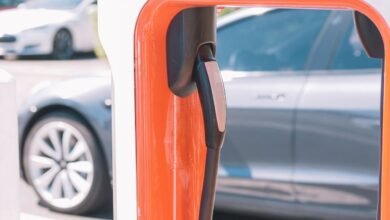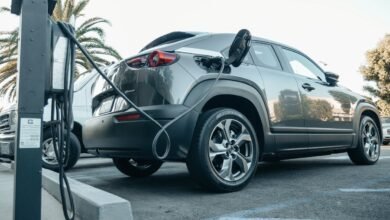Beyond the Plug: Exploring Wireless and Ultra-Fast EV Charging Technologies
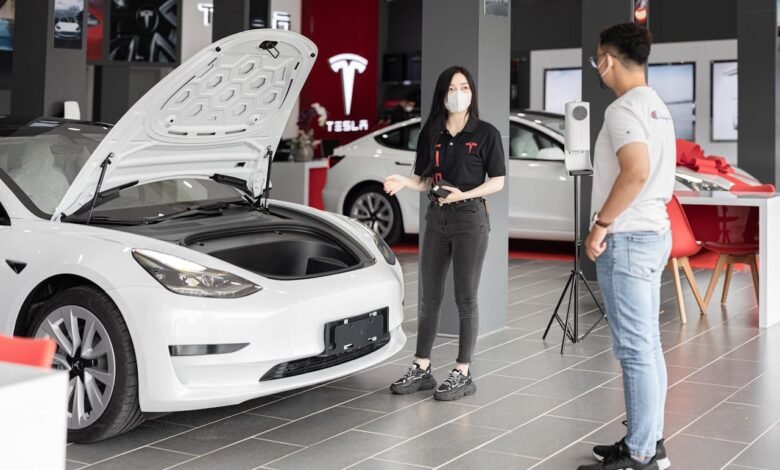
It is clear that the EV (electric vehicle) revolution is gaining momentum, and the topic that is the most exciting to watch is the development of charging technologies. Whereas cables used to be bulky and top-ups could take hours, the latest technology centers around wireless charging and in the end, ultra-fast chargers, which will change the way an EV is refuelled in the future, much like parking and to an extent, driving. Looking at the science, advantages, and future of wireless and ultra fast EV charging, this blog gives a straight forward, non-technical introduction to all the interested people in the next revolution in automotive technology.
1. Introduction to EV Charging Evolution
The use of electric vehicles is changing the movement paradigm, but what matters is the convenience of charging. Early electric vehicles were dependent on slow, cable-based, home charging, however, with increasing battery sizes and consumer demand, there is an increased desire to support higher charging rates and accidental chargers. There are two technologies that present prominence today; ultra-fast charging, and wireless charging. Both of them are intended to remove the con of plugging in and waiting, but in a different way and with some distinct advantages and limitations.
2. How Wireless EV Charging Works
The Science Behind Inductive Charging
Wireless EV charging can be done by means of resonant electromagnetic induction charging between a charging pad on the ground and a receiver coil within the bottom of the vehicle. The two coils are aligned when the car is parked over the pad, and energy is exchanged through the magnetic field, and they charge the battery with no physical contact.
It is analogous to wireless phone chargers, only on a much greater scale of power and efficiency. The structure releases drivers of dealing with cables, and charging can be as easy as a parking at a correct spot.
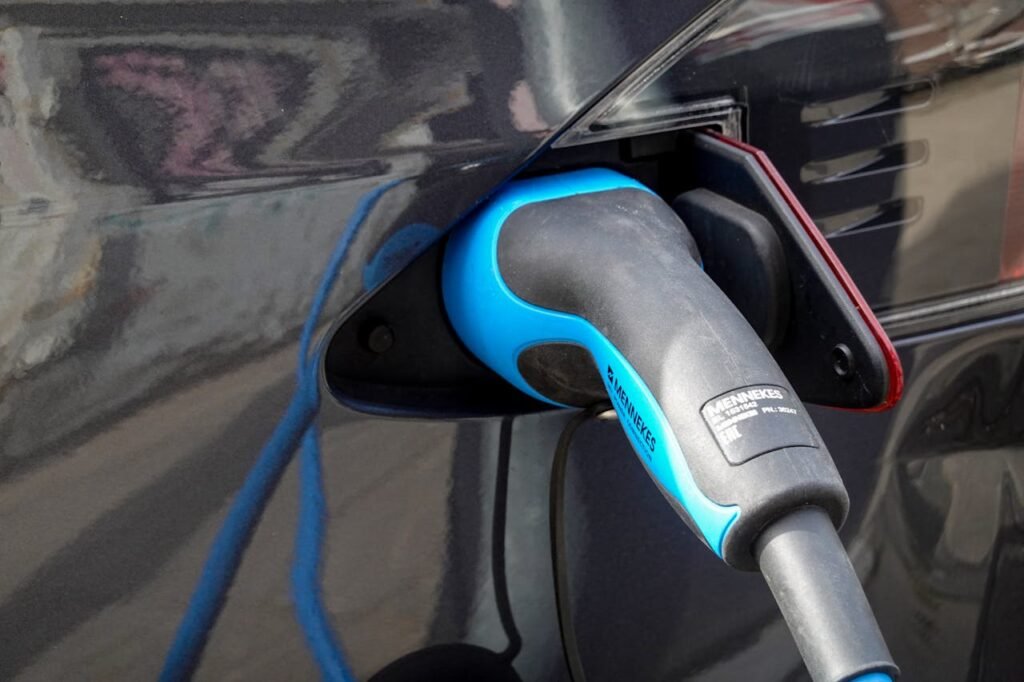
Current Applications and Efficiency
Home and work is already offered to charge using wireless charging, with an efficiency of up to 80 to 93 percent as compared to plug-in charging. Other major corporations such as WiTricity and Nissan are developing the systems that will connect to the sophisticated parking assist that will perfectly align and can charge to the full.
Key Benefits:
- Convenience: No need to plug in; just park and charge.
- Safety: Eliminates risks associated with handling high-voltage cables.
- Durability: Reduces wear and tear on connectors and cables.
Challenges:
- Cost: Installation is currently more expensive than traditional chargers.
- Speed: Wireless charging is generally slower than the fastest plug-in options.
- Compatibility: Requires vehicles to be equipped with receiving coils.
3. Ultra-Fast Charging: Speeding Up the Future
What Is Ultra-Fast Charging?
High-power charging (HPC) is also known as ultra-fast charging whereby the EV may be charged in minutes as opposed to hours with up to 1,000 kW or more. It is quickly changing to the new normal highway charging station system and commercial charging station system, so long-distance EV travel would therefore be convenient.
Key Technologies and Innovations
Battery Technology:
Use of ultra-fast charging involves batteries capable of accommodating high currents, without overheating or degrading. High-performance battery technologies and heat management solutions are essential to doing this69.
Charging Infrastructure:
Direct current (DC) ultra-fast charging allows avoiding the on board charger of the vehicle and transfer power directly to the battery. This enables very high charging rates 1,000 kW or greater in some systems.
Examples:
- Hofer Powertrain’s Ultevate Ultra: Charges from 5% to 85% in just five minutes, with minimal heat generation.
- Voltempo HyperCharging: Delivers up to 1,000 kW, charging 24 vehicles simultaneously and reducing installation costs by 30%.
- BYD and Huawei: Both offer megawatt charging systems capable of adding 200–250 miles of range in five minutes.
4. Comparing Wireless and Ultra-Fast Charging
| Feature | Wireless Charging | Ultra-Fast Charging |
|---|---|---|
| Speed | Moderate (similar to Level 2) | Extremely fast (minutes) |
| Convenience | High (park and charge) | High (plug in, but quick) |
| Cost | Higher installation | Lower per-station, high power |
| Compatibility | Needs receiver coil | Needs high-power battery |
| Use Case | Home, work, public parking | Highways, fleets, service stations |
| Efficiency | 80–93% | Up to 96% |
| Future Potential | Dynamic charging, road integration | Megawatt charging, battery swap |
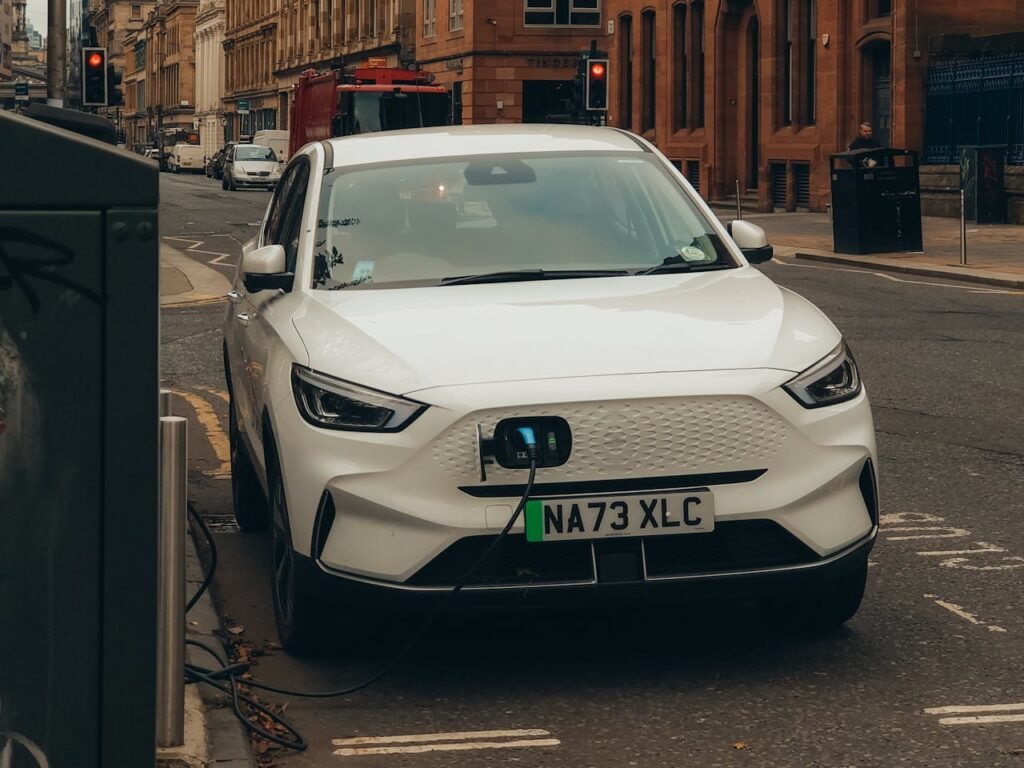
5. Trends and Future Developments
Integration with Smart Grids and Renewables
The next generation of charging stations will integrate with smart grids and renewable energy sources, optimising energy use and reducing costs. Solar panels and battery storage are increasingly common at charging hubs, making them more resilient and sustainable.
Dynamic Charging and Road Integration
Wireless charging is not limited to stationary applications. Pilot projects around the world are testing dynamic charging, where coils embedded in roads charge vehicles as they drive. This could revolutionise long-distance travel and reduce the need for large batteries.
6. Frequently Asked Questions (FAQ)
Q: How does wireless EV charging work?
A: Wireless charging uses electromagnetic induction to transfer energy from a ground pad to a receiver coil on the car, allowing charging without a cable.
Q: Is wireless charging as fast as plug-in charging?
A: Wireless charging is generally as fast as Level 2 plug-in charging but not as fast as the fastest plug-in (DC fast charging).
Q: What is ultra-fast charging?
A: Ultra-fast charging delivers very high power (up to 1,000 kW or more), allowing EVs to recharge in minutes.
Q: Are ultra-fast chargers safe for all EVs?
A: Only EVs with compatible batteries and charging systems can use ultra-fast chargers safely69.
Q: Will wireless charging work while driving?
A: Dynamic charging technology is being tested, allowing vehicles to charge while moving over specially equipped roads.
Q: How expensive is wireless charging compared to plug-in?
A: Wireless charging systems are currently more expensive to install than plug-in chargers5.
Q: What is the future of EV charging?
A: The future includes faster charging, integration with renewables, and dynamic charging solutions that make EVs even more convenient and sustainable.
7. Summary Table: Wireless vs. Ultra-Fast Charging
| Aspect | Wireless Charging | Ultra-Fast Charging |
|---|---|---|
| Speed | Moderate | Extremely fast |
| Convenience | High (no plug) | High (very quick) |
| Cost | Higher | Lower per-station |
| Compatibility | Needs receiver coil | Needs high-power battery |
| Use Case | Home, work, parking | Highways, fleets, service stations |
| Efficiency | 80–93% | Up to 96% |
8. Conclusion
The future of EV charging is bright and full of potential. Wireless charging offers unparalleled convenience and safety, while ultra-fast charging is making long-distance EV travel as quick and easy as filling up a petrol tank. As technology advances, we can expect even more innovations—from dynamic charging roads to smarter, greener charging hubs. Together, these developments are helping to drive the global transition to electric mobility, making EVs more practical, accessible, and enjoyable for everyone.
